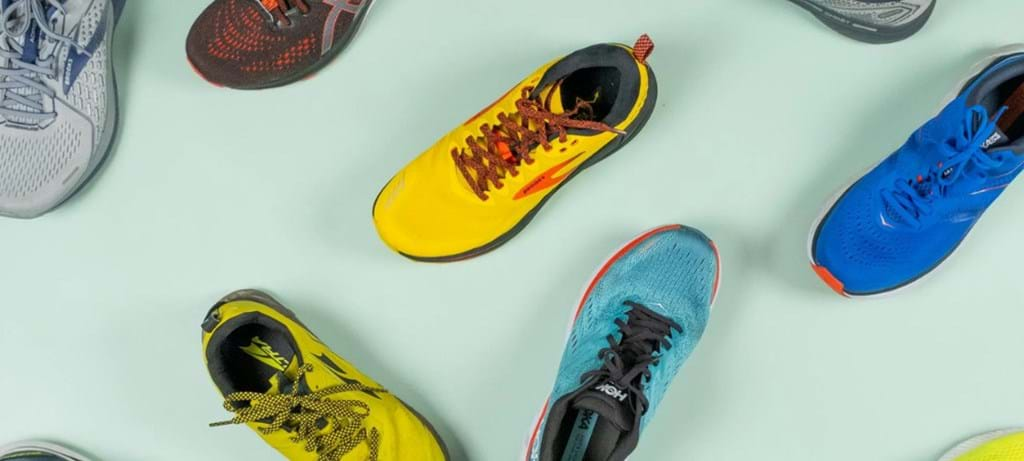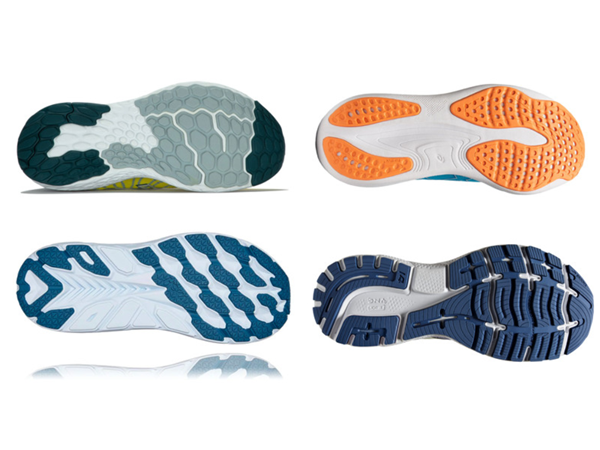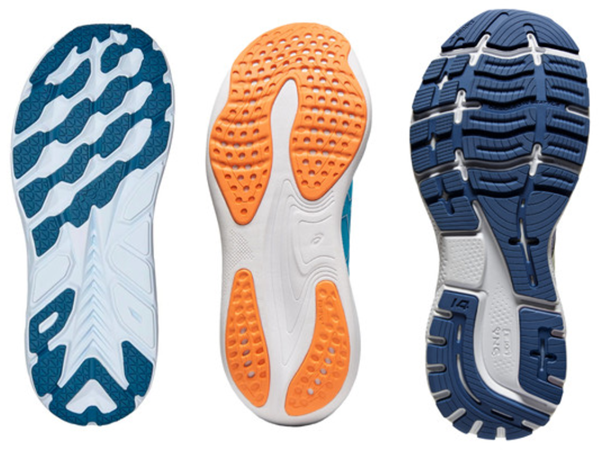
A basic guide to running shoe width
Many new runners struggle to know the correct way to measure their feet, and then experience problems when buying the correct size running shoe.
Shoes now come in different width fittings to fit the widest to the narrowest feet. We’ve put together a basic guide to help you understand the different running shoe widths so you can choose the perfect fit.
Men's feet width measurements
- B fitting: for narrow feet
- D fitting: for medium feet
- 2E fitting: for wide feet
- 4E fitting: for extra-wide feet
Women's feet width measurements
- 2A fitting: for narrow feet
- B fitting: for medium feet
- D fitting: for wide feet
- 2E fitting: for extra-wide feet
How to check your shoe fit?
A properly fitting running shoe should feel snug in the heel and midfoot, with wiggle room around the toes.
While standing, check for proper length and width by pressing your thumb down next to the ball of your foot and around the toes.
A good fit should allow for half to a full thumb's width of space.
Hold the back of the shoe and try to raise your heel. There should be little to no movement.
Check the eyelet rows on either side of the tongue. These rows should be close to parallel with each other.

When is additional width needed?
Visible stretching or bulging on the outsides of forefoot materials is a good indicator that additional width may be needed. Most additional width will be found in the forefoot.
These sizes are available in many running and training shoes.
Please note that the differences of width between narrow, standard, wide, and extra wide are usually only a couple millimetres and are proportional to the size of the shoe.

Running shoe fit tips
Measure your feet each year, as they can change size as you age
The foot arch may lower over time, resulting in a longer foot, or a stronger foot may cause the arch to rise, resulting in a shorter size.
Weight changes and activity level can also influence foot size.
Women's feet may become larger during and after pregnancy
Weight gain during pregnancy may cause permanent lowering of the foot arch resulting in a longer foot.
Your standard running shoe size is typically a half size larger than your casual shoe
In general, running in shoes that are a tad too large is preferable to running in shoes that are too small.
Fit your larger foot
Your left foot and your right foot may differ by as much as a full size. A shoe that is too small is more likely to cause issues than one that is too big.
Faster running means you want a snugger fit
A tighter fit means you'll stay better connected to the shoes when picking up the pace, so it might be worth giving up some wiggle room for a more secure fit. Many racing and performance shoes have a tighter overall fit than everyday training shoes.
Sock thickness can affect shoe fit, so try on shoes with the socks you plan to wear
You can change the thickness of your sock to fine-tune your fit. For example, use a thinner sock to create more space or a thicker sock to make the fit snugger.